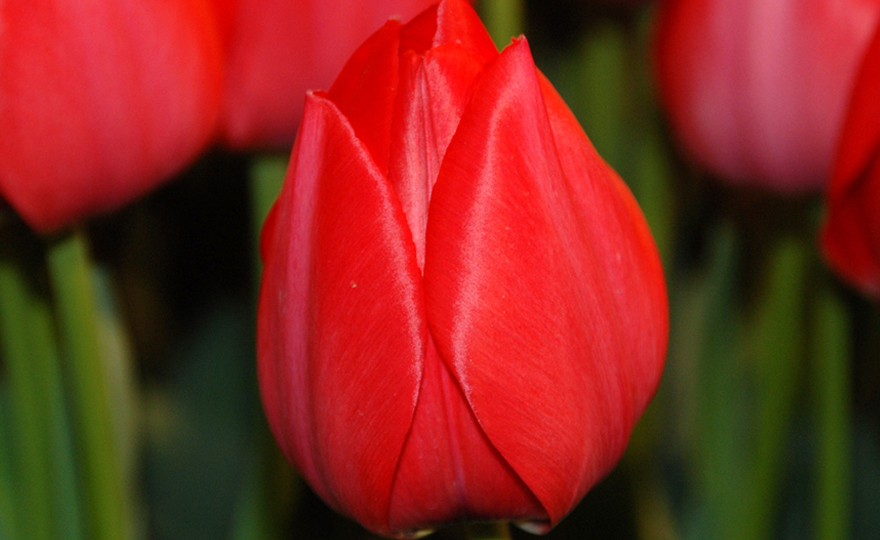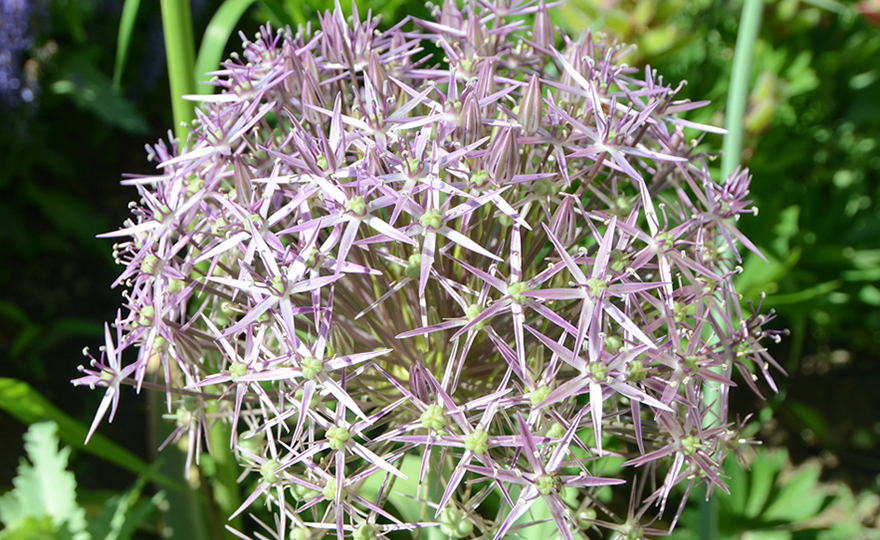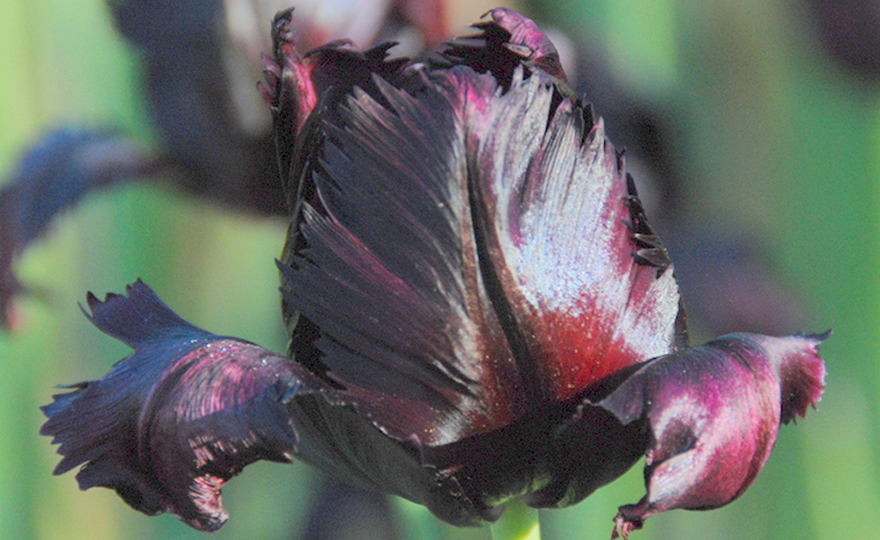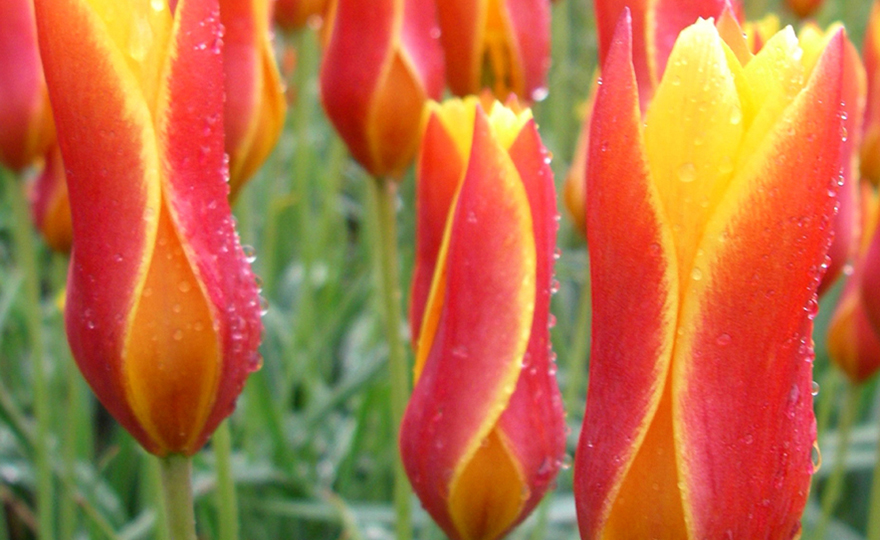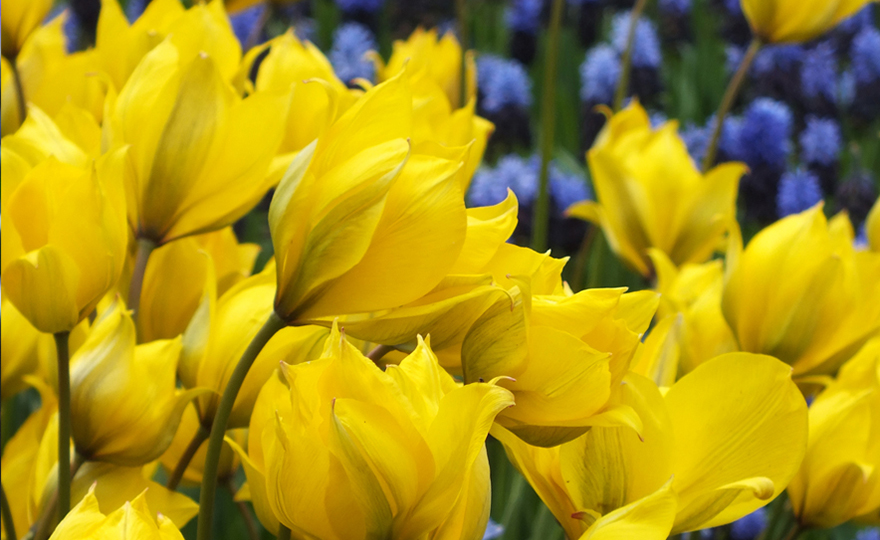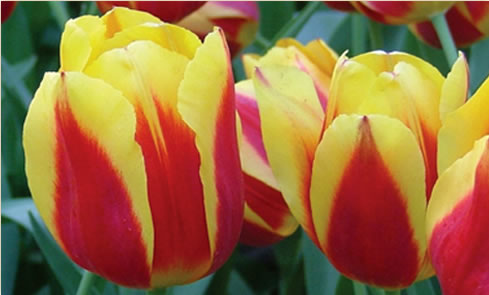
Single Early Tulip, Keizerkroon
-
- **SOLD OUT** HOLIDAY GIFTS **SOLD OUT**
- **SOLD OUT** Holiday Books **SOLD OUT**
- **SOLD OUT** Holiday Citrus **SOLD OUT**
- **SOLD OUT** Holiday Gift Certificates **SOLD OUT**
- **SOLD OUT** Holiday Paperwhites **SOLD OUT**
- **SOLD OUT** Holiday Praying Mantis Kits **SOLD OUT**
- **SOLD OUT** Holiday Tools **SOLD OUT**
- **SOLD OUT** Holiday Wildflower Mixtures **SOLD OUT**
- Citrus Trees
- **SOLD OUT** - Vegetable and Herb Plants - Mix & Match any 6 Plants for $50 - Only Shipped in Quantities of 6
- Elephant Ear Plants & Roots
- **SOLD OUT** 4-Inch Pot Herb Plants **SOLD OUT**
- Rare Plants
- **SOLD OUT** Vining Plants **SOLD OUT**
- Asian Seeds
- Beneficial Bugs
- Books
- Citrus Fertilizers
- Cold-Treated Bulbs - SEE BULBS FOR FALL PLANTING TO ORDER
- Cold-Treated Allium
- Cold-Treated Chionodoxa
- Cold-Treated Crocus
- Cold-Treated Hyacinthoides
- Cold-Treated Hyacinthus Orientalis
- Cold-Treated Narcissus
- Cold-Treated Cyclamineus Narcissus
- Cold-Treated Double Heirloom Narcissus
- Cold-Treated Jonquilla Narcissus
- Cold-Treated Large Cupped Narcissus
- Cold-Treated Poeticus Narcissus
- Cold-Treated Small Cupped Narcissus
- Cold-Treated Species Miniature Narcissus
- Cold-Treated Split Cupped Narcissus
- Cold-Treated Tazetta Narcissus
- Cold-Treated Triandus Narcissus
- Cold-Treated Trumpet Daffodils
- Cold-Treated Ornithogalum
- Cold-Treated Rock Garden Iris
- Cold-Treated Scilla
- Cold-Treated Tulips
- Cold-Treated Emperor Tulips
- Cold-Treated Fringed Tulips
- Cold-Treated Green or Viridiflora Tulips
- Cold-Treated Lily Flowering Tulips
- Cold-Treated Parrot Tulips
- Cold-Treated Peony Flowering Tulips
- Cold-Treated Single Early Tulips
- Cold-Treated Single Late Tulips
- Cold-Treated Species Tulips
- Cold-Treated Triumph Tulips
- Flower Bulbs, Corms and Tubers
- Bulbs for Spring Planting
- Bulbs for Fall Planting - ALL BULBS AVAILABLE ARE COLD TREATED FOR PLANTING AS SOON AS SOIL CAN BE WORKED
- Fall Blooming Bulbs
- Garden Tools & Equipment
- Gift Certificates
- HHH Exclusive Wildflower Mixtures
- Wildflower Mixtures
- Heirloom Garlic
- Potatoes
- Roots & Sets
- Seeds
- Flowers
- Herbs
- Vegetables
- **SOLD OUT** HOLIDAY GIFTS **SOLD OUT**
-
- No products to compare
-
Quick Overview
COLD-TREATED SINGLE EARLY TULIP, Keizerkroon
Fragrant. Known as The Emperor’s Crown, the blossoms are bright scarlet edged in yellow. HZ: 3-8 12”-14” Mid-season

Cold-Treated Single Early Tulip, Keizerkroon
No other flower captures the magic of spring like the Tulip. Wild tulips are indigenous to the parts of the Middle East once occupied by the Ottoman Empire and to Siberia. Sometime between 1100 AD and 1300 AD, the Persians began to cultivate the wild bulbs. Under cultivation, the small, vividly colored flowers were transformed into stately specimens with blossoms in all the striking colors of the rainbow. It was the Dutch that introduced the Europeans to the tulip in 1562. In that year, a Dutch nurseryman established the first tulip nursery. Today, according to The International Register published by The Royal General Bulbgrowers’ Association in the Netherlands, there are more than 5500 tulip varieties.
Perhaps the most famous and astonishing event in the history of the tulip occurred in the 3 years from 1634-1637. This period in tulip history is known as “The Tulipmania”. A frenzy developed around tulip bulbs and throughout Europe, the rich, the middle class and the working class attempted to purchase whatever tulips were available. One tulip, in particular, a red and white striped variety named Semper Augustus became so valuable that a single bulb was commanding a price the equivalent of 15 years’ wages for an average worker. As quickly as it started, “The Tulipmania” ended.
Tulips reached the New World with the first Dutch colonists who settled in what is now Manhattan and coastal New York State in 1624. The Tulip has captured the imagination of the world for nearly a millennia. It has built economies, inspired artists and brought joy and pleasure to the everyman. Along with the rose, it is truly the “World’s Flower”.
Single Early Tulips are an old (pre-17th century) and relatively small group of tulips, these varieties are prized for their exquisite, cup-shaped blossoms and intense colors. They are good for forcing and make excellent cut flowers.
Plant 6-8” deep and 6” apart.


